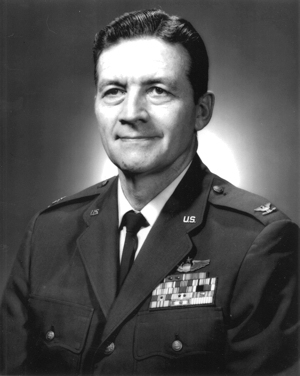“I can’t understand why people do what they do just from looking in their eyes, but when I see what they make I see different creative views,” said Wagner. “Everybody has a different opinion of how life is, and you can see that when someone is given a piece of stone and turns it into a unit crest, a shot glass, or even just a ball.”
*****
The reasons why I keep coming back to art on this blog is not only do I enjoy the art itself, but I have a profound respect for the process and inspiration needed to make that piece of art. It requires analysis and synthesis, and it is a great ‘building snowmobiles’ exercise.
One of my favorite examples of artists/strategists was Myamoto Musashi. He was a big fan of art and for good reason. For problem solving or developing unique strategies, you need a brain that can look at situations from different angles and find multiple solutions. It takes creativity and the ability to really bend and mix the concepts to come up with unique solutions, much like an artist does on a canvas or with marble.
Of course you need to know yourself and your enemy, but if your enemy has that same mindset, you must have something a little different in your strategy to gain the upper hand. Getting inside his OODA loop is important too, but what if your enemy is aware of OODA as well? The real winner in this fight, is the one that is able to take all strategies and all inputs, and create a winning strategy that is more effective that your enemy’s. It is something to think about when trying to figure out how a ‘John Boyd’ could defeat a ‘John Boyd’. Having a creative mind is just one factor of many that will help you to get there.
On a side note, it is also interesting to go back to the patterns of battlefield innovation that I keep seeing. (here, and here) Where the dominate combatant’s strategy is copied by the weaker combatant’s strategy, and then the weaker combatant adds something to that newly adopted strategy to make it even more effective. A technological advantage could be one addition, or a multitude of little changes, all born from a different point of view, all from a creative mind. Borrowing brilliance seems to be a good way to go, just like artists get inspired by other artists. Interesting stuff and bravo to Charles Wagner for producing some beautiful marble work. –Matt
——————————————————————
Charles Wagner, a native of Rainier, Wash., explains the process of carving the 2nd Infantry Division shield into the emblem of 3rd Stryker Brigade Combat Team, 2nd ID. Wagner worked during his down time for almost a month to create the marble carving, which he will present to the brigade at the end of their deployment.
*****
A Man With a Heart for Stone
Story by Pvt. Zach Zuber
June 19, 2010
DIYALA, Iraq — It all started with grief in 2004-05 timeframe. Three Soldiers lost their lives, and a U.S. civilian contractor, who had befriended them, was left with a loss. Charles Wagner, a mechanic for General Dynamic Land Systems, was working in Mosul, Iraq, at the time and had to find a way to deal with his pain.
In an effort to relieve the pain felt from the passing of his friends, Wagner began shaping marble stones into crests, crosses and hearts. Since that time, he has created many works of art to escape from the stress that comes during deployment.
“This started out as a way to displace myself from what’s going on over here, working during off hours to focus on other things,” said Wagner, a native of Rainier, Wash.
Wagner said he lost three Soldiers on one mission, and he created hearts, crucifixes, and lancers for each of the parents as a way to connect to them.
During that first tour, in 2004-05, he carved a full-size lancer for 1st Stryker Brigade Combat Team, 25th Infantry Division. Then, during the 2006-07 tour with 3rd SBCT, 2nd ID, he created a replica of the Indian-head shield that represents 2nd Infantry Division. When he traveled with the Arrowhead Brigade to Iraq last August, he received the request to make the 3rd Stryker Brigade crest, which includes the 2nd ID shield on top of an arrowhead, with the number three located above the shield.
